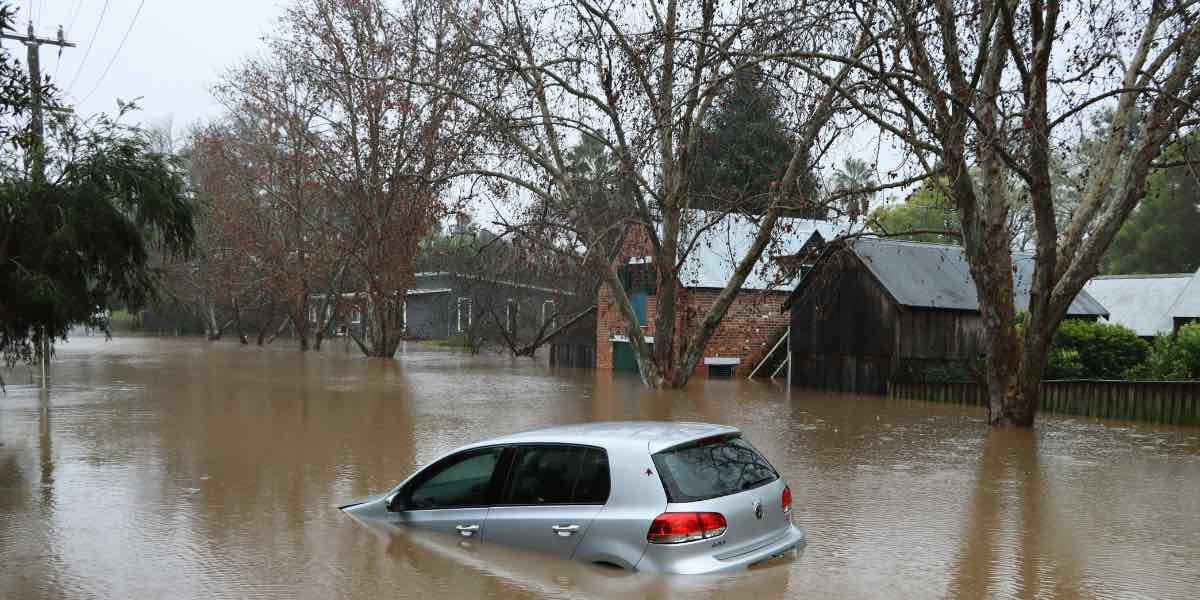Underrated festivals in California often reflect the personality and values of the places that host them. These events may not attract national headlines or social media attention, yet they remain meaningful for those who return each year. Some focus on seasonal harvests, others on local history, and many center around art, nature, or food.
Rather than being curated for mass appeal, these gatherings typically take shape around longstanding traditions or emerging regional interests. Their scale may be modest, but their sense of identity often runs deep—rooted in community memory, geography, and shared experience.
Read also: Coachella Travel Tips for First-Time Festivalgoers
Where Are These Festivals Most Likely To Take Place?
Many of California’s lesser-known festivals are found in small towns along the coast, tucked into the foothills, or set amid agricultural valleys. These locations often guide the tone and focus of the event.
In a high-desert town, springtime gatherings may highlight native plants, open-air sculpture, and quiet astronomy walks. On the Central Coast, fall harvest festivals offer a mix of orchard tours, field meals, and rural craft showcases. Along the northern coast, events shaped by marine ecology and local fishing practices reflect the environmental rhythms of the region.
Access to these festivals may involve a longer drive or overnight stay, but part of the experience often lies in the journey itself—traveling back roads, crossing seasonal landscapes, and arriving in spaces not designed for crowds.
How Do These Events Reflect Their Regional Identity?
Smaller festivals tend to be closely connected to their surroundings. A spring event in a river valley might focus on watershed conservation and migratory bird habitats. A mid-summer celebration in a mountain town could revolve around fire ecology, woodcraft, or local music. In each case, the event speaks not only to entertainment but to place-based knowledge.
These gatherings often incorporate natural features into the programming—walking trails become gallery space, historic barns host workshops, and produce fields double as community dining rooms. This integration helps attendees experience not just the theme, but the setting itself.
What Kinds of Art and Music Are Included?
Visual art and music are common across many hidden festivals, though they often unfold at a different pace than larger productions. Music might be acoustic or regional, performed in courtyards, meadows, or public parks. Art may appear in temporary exhibits, storefront installations, or interactive workshops.
One summer festival in a redwood clearing includes storytelling circles, handbuilt sculpture, and string ensembles playing near creek beds. In a coastal bluff town, driftwood art, fiber installations, and live sketching workshops reflect the connection between maker and environment. These performances and displays are usually meant to blend into the surroundings, not dominate them.
What Food Traditions Do These Festivals Celebrate?
Many of these festivals center around food—not only as a meal, but as a story. In valley towns, harvest festivals may spotlight olives, figs, apples, or almonds, depending on the season. Recipes are often rooted in generational knowledge, with dishes prepared by local cooks or regional growers.
A small town in the Sierra foothills might host a weekend gathering that includes stone fruit tastings, canning demonstrations, and baking contests. Along the coast, smoked fish and seaweed-based dishes may be served alongside information about sustainable harvesting practices.
Food in these settings often reflects what the land can offer at that moment, creating a direct relationship between time, place, and flavor.
Who Typically Attends These Events?
Local participation is often central to the life of these festivals, but they remain open to curious visitors. Some travelers stumble upon them during road trips, while others seek them out as part of a broader interest in regional culture or seasonal food.
The relatively small scale allows for interaction between organizers, attendees, and participants. A musician might chat between sets; a farmer may walk someone through a grove after a tasting. These points of connection often form the heart of the experience.
Those who attend tend to include a mix of longtime residents, returning guests, and first-time visitors interested in the pace and intimacy that smaller events often allow.
What Should Visitors Keep in Mind When Attending?
Planning ahead can help ease the logistics of attending hidden festivals. Accommodations may be limited to inns or rentals, and public transportation is often unavailable. Cell service may vary, and signage or parking areas might be informal.
Events often follow a flexible schedule. Weather, community needs, or venue access can influence the final program. Visitors who remain adaptable and open to change often find the experience more meaningful.
Attending with curiosity—and respect for the local rhythm—usually leads to deeper engagement. Asking questions, joining in workshops, or simply walking the grounds with attention can offer insight into the festival’s purpose and roots.
Are These Festivals Suitable For Families And Solo Travelers?
Many of these events welcome all ages and are structured in a way that allows people to engage on their own terms. Families may find space for children to participate in hands-on crafts or nature walks, while solo travelers may appreciate the calm atmosphere and room for reflection.
In one riverside town, a summer gathering includes lantern-making workshops, poetry readings, and plant walks that invite both learning and rest. In another, a fall event builds around apple picking, open-mic storytelling, and community potlucks held beneath heritage trees. These types of festivals offer flexibility in how one participates, whether as an observer or an active guest.
Why Do These Festivals Continue To Hold Significance Over Time?
The staying power of these festivals often lies in their ability to balance continuity with change. While new artists, themes, or formats may be introduced each year, many still maintain ties to the original intention behind the gathering.
In a town shaped by agriculture, that intention might be about honoring the growing cycle. In a coastal setting, it may center around relationships with water, wind, and food. These festivals often provide a space to return to—not just physically, but emotionally—as markers of season, place, and shared memory.
Rather than offering a one-time spectacle, these events tend to unfold quietly, allowing meaning to build gradually, shaped by the people and land they reflect.












